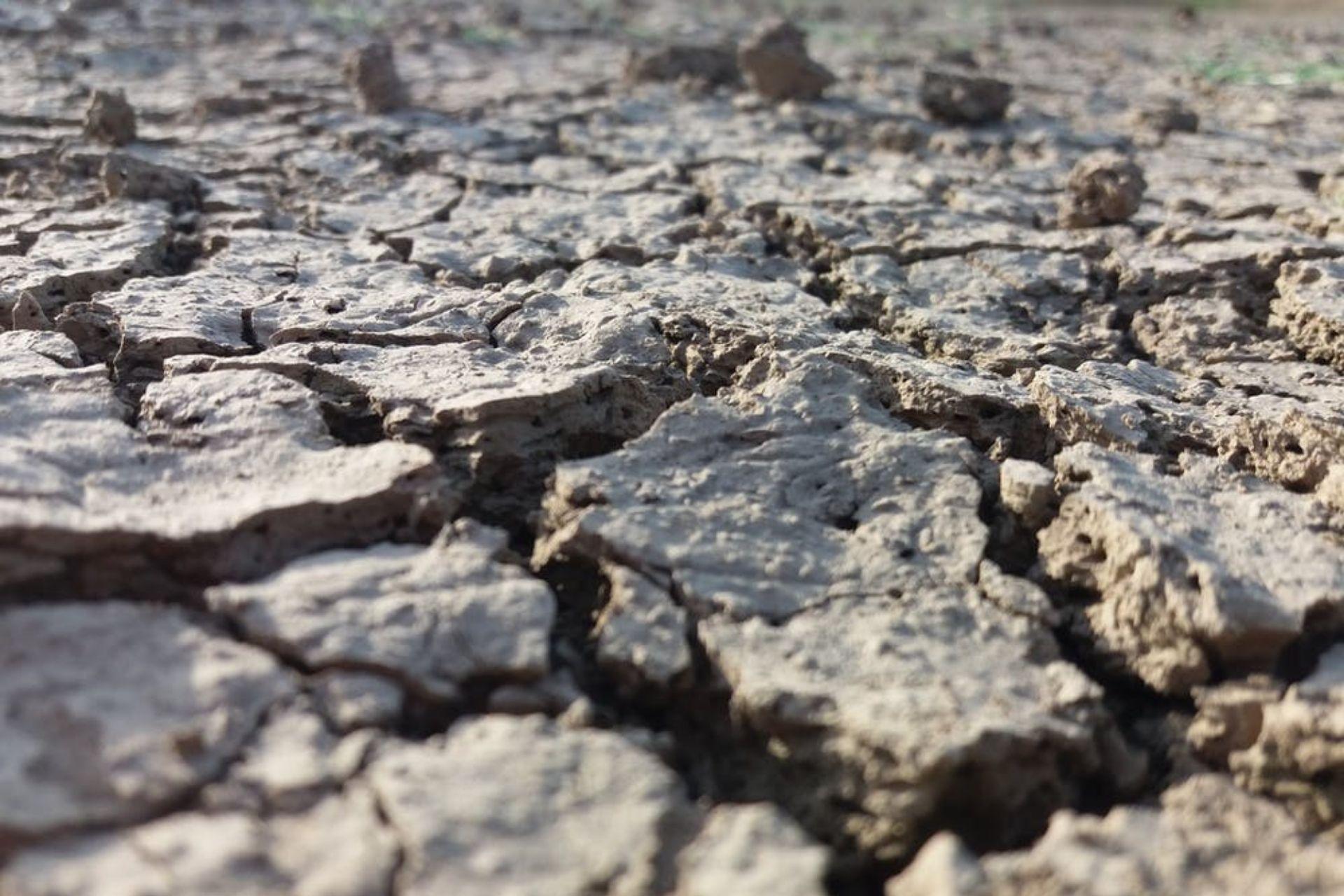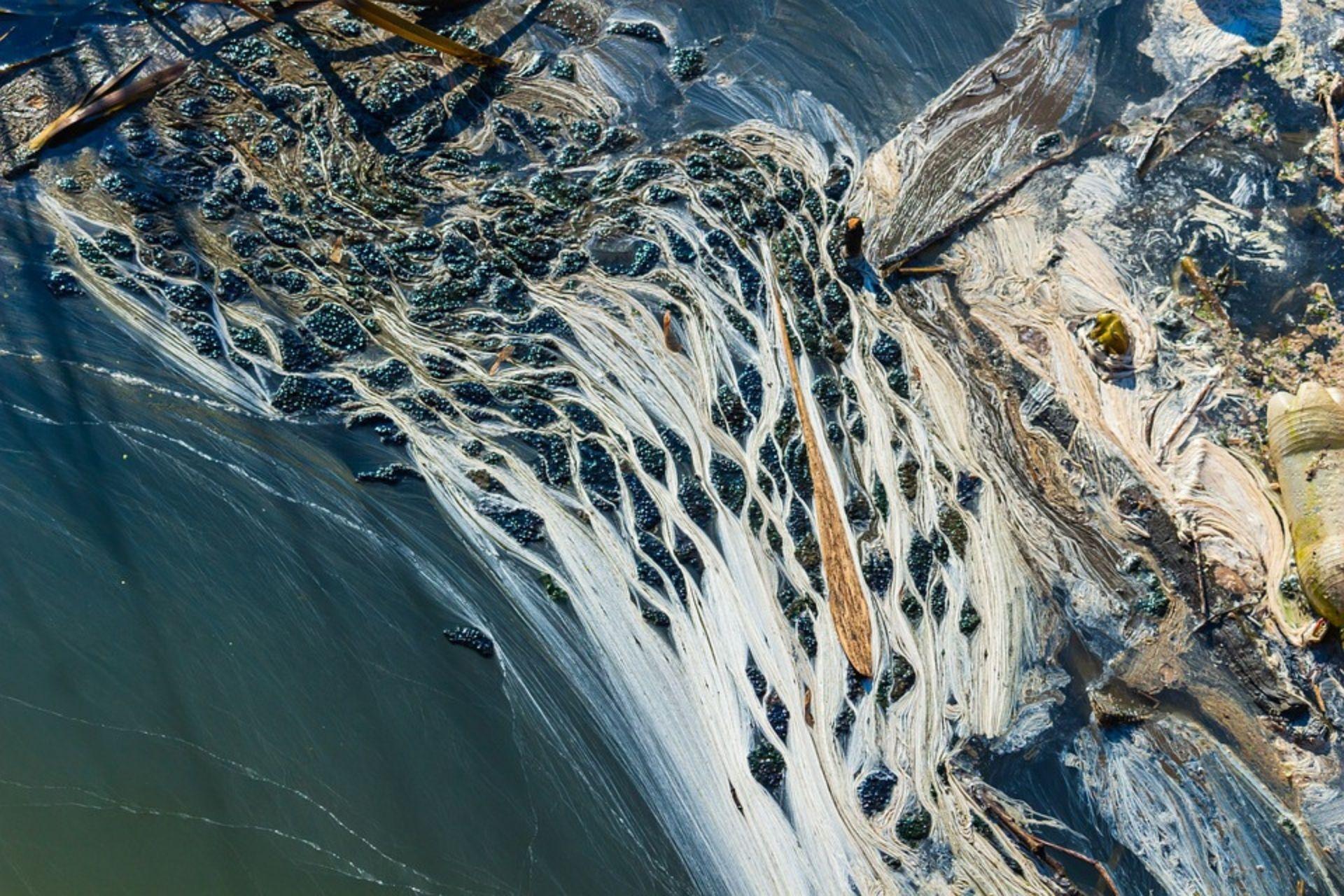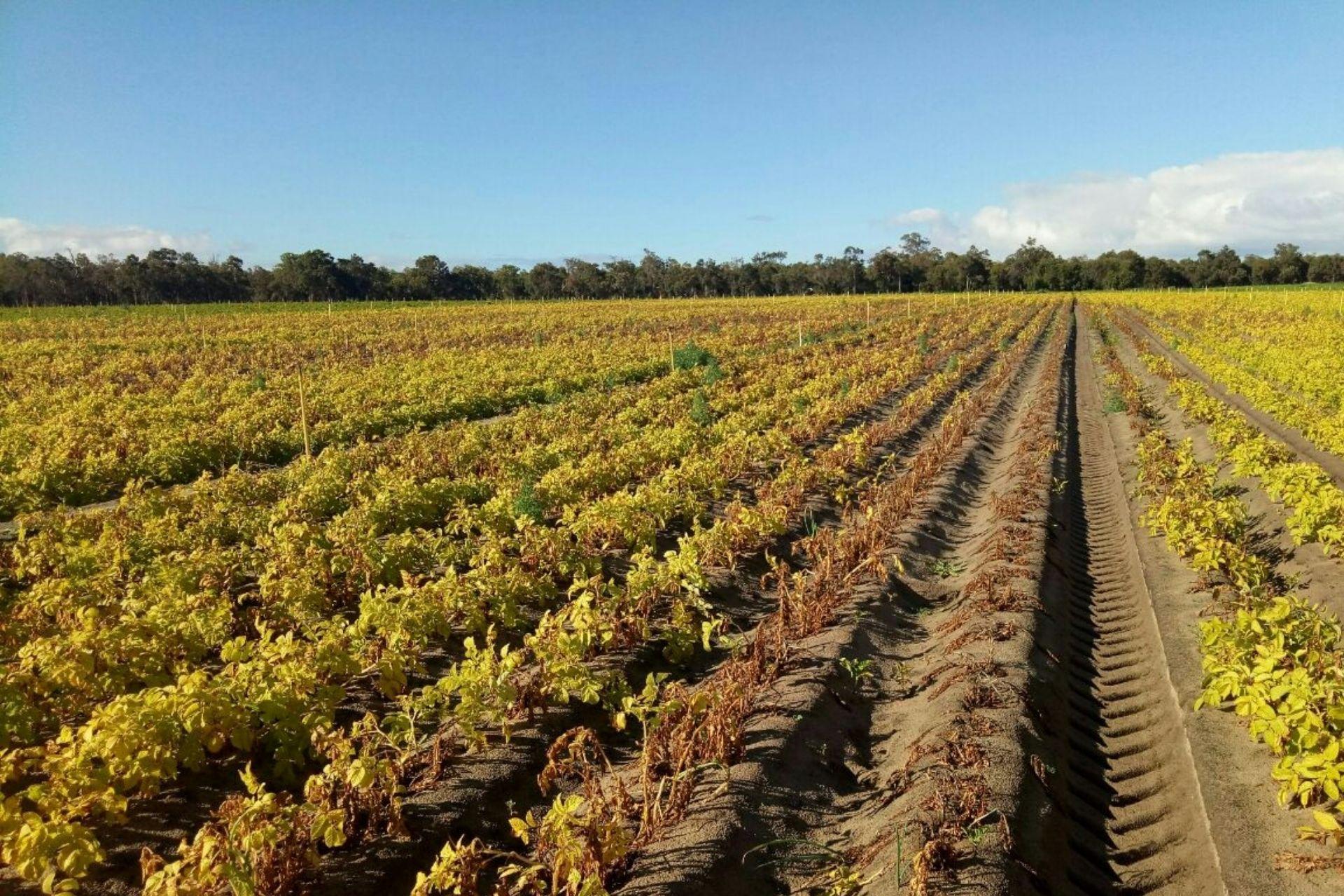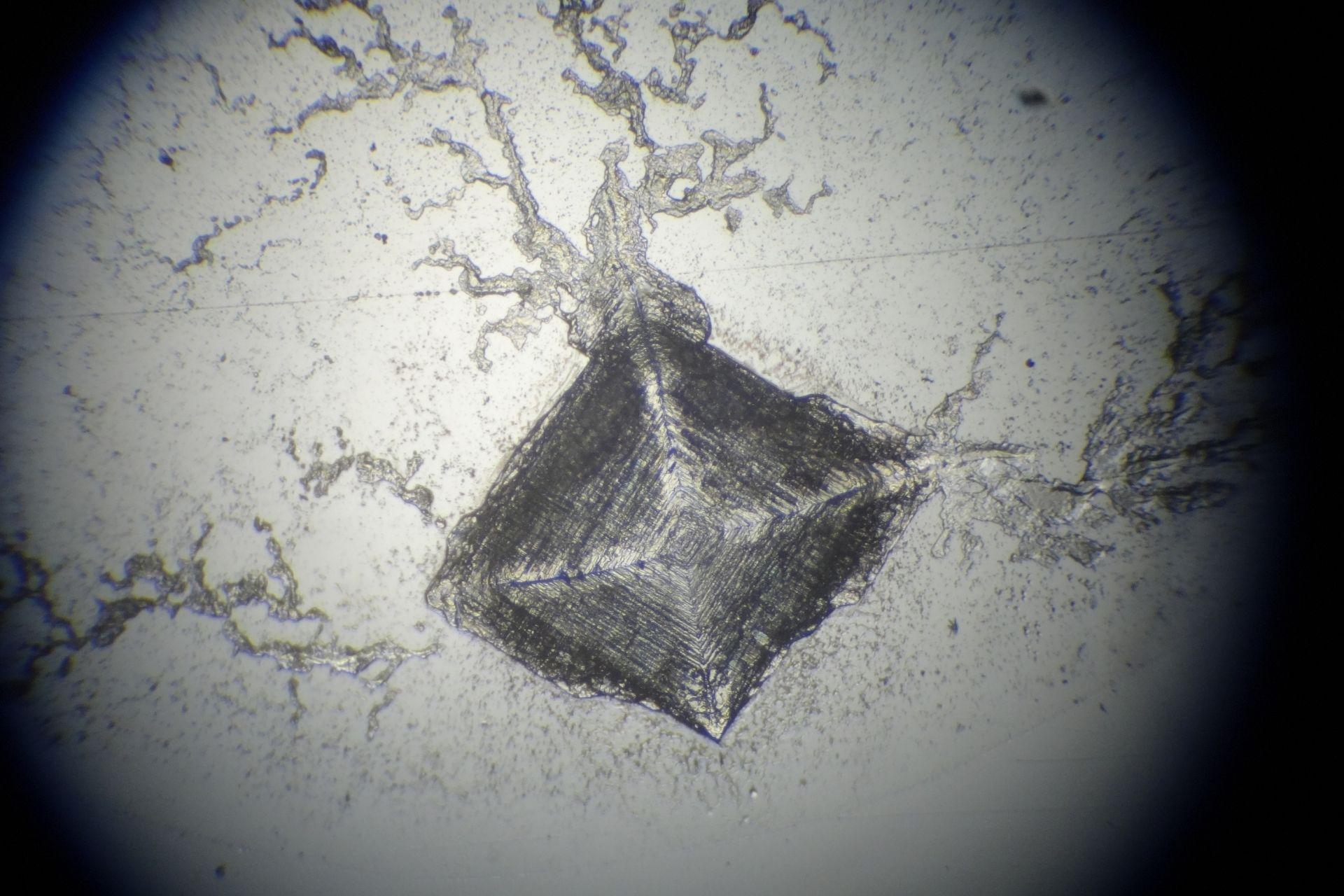
Soil salinity, how to solve
My professor said, ‘A litre of sea water contains 7 teaspoons of salt, about 35 grams. Now administer this water to a plant and watch... its slow death.’
I remember a sabotaged experiment on potato crops in Australia: the one treated with BioAksxter® was really ahead and here was the ‘longa manus’ of the strong powers: ‘let's put some salt in, and that's the way they are out’ and ‘let's treat the untreated part with BioAksxter® as well’ ... so we can say ‘there is no difference’.
In short, the influence of salinity can take place in various ways.
These days, the problem of salinity in agricultural soils is back in the limelight.
Farms in northern Italy are despairing because the drought, due to the absence of rain for over 100 days, has caused a reduction in the height of the water table with respect to the sea level, which has now receded 30 kilometres in the coastal delta areas towards the hinterland, with a consequent increase in the salinity of the soil.
If for the river Po' the salinity rise has been as much as 30 km in the last 20 years, that of the river Adige has risen from 3 km to about 20 km in 60 years. Of course, the salinisation phenomenon resulting from marine salt intrusion does not only affect northern Italy, but also all southern coastal areas.

Soil salinity: a decidedly adverse phenomenon for agriculture
The salinisation of soils due to the rising salt wedge is a decidedly adverse phenomenon for agriculture and extremely dangerous because, lasting for years, it affects the irrigated use of water resources, irrigated agricultural production and its profitability. The damage to production is imminent and some have given up sowing. But the damage of lost productivity is compounded by the increase in the concentration of pollutants in groundwater; the high levels of heavy metals (e.g. Arsenic) in groundwater and surface water, not always of a geomorphologic nature, which literally wreck the quality of the productions obtained in this context; and the wastewater from industrial, agricultural and urban sources where chemical discharges, sewage and nutrient and pesticide runoff converge.
We can therefore speak of real water contamination.
The state of the waters and the States
The problem of water contamination that endangers every ecosystem and thus our health to date has not been seriously addressed by states, let alone solved.
The degradation of water status is now advancing much faster than the water quality survey and monitoring to which agricultural policies are limited. And let us not forget that water is also present in the air. It is present everywhere on earth. It makes up 70 per cent of our organism.

Salinisation, a widespread problem in many regions of the world
The process of soil salinisation is recognised at European level and is included in the list of soil threats. Salinisation reduces the value and productivity of large areas worldwide: it is estimated that three hectares of arable land are lost every minute. Salinisation is the main phenomenon behind the process of soil desertification which affects 1/4 of the entire land surface.
What increases the salinity of agricultural soils
Pollution, climate change and land use are the main causes of the phenomenon of soil salinisation, which limits agricultural production, affecting the health of all living beings through food and ultimately our quality of life.
In fact, they are the object of the utmost attention and need prompt action:
- The high and widespread degree of environmental pollution can be detected in the bioaccumulation processes of pollutants attributable to human activities. Reference is made to concentrations of nitrogen species (ammonia, nitrites and nitrates), chlorides and fluorides, heavy metals such as Arsenic, Cadmium, Mercury, Lead, Zinc, Hexavalent Chromium, and other pollutants.
-
Climate change causing the depletion of environmental balances, in turn caused by various interdependent phenomena. In addition to the above:
- the increase in natural salinity induced by the rise in sea level due to the melting of ice; tectonic movements or volcanic activities; eustatic fluctuations, leaching of salt deposited in soils, airborne chlorides, increased temperatures globally, etc.
- the impairment of weather patterns (caused by alterations in ocean currents, increased evaporation and decreased precipitation, intensity and frequency of extreme weather events, etc.) - The exploitation of the land, such as the exploitation of surface and deep aquifers by drilling wells for agricultural use, the continuous pumping due to the high demand for water for industrial, agricultural and livestock use, etc., has led to the degradation of water and soil in coastal areas. In other words, excessive urbanisation, tourist and industrial settlements and intensive farming practices have led to water and soil degradation in coastal areas due to salination and pollution, in addition to hydrogeological disruptions.
The increase in salinity, combined with changes in temperature and pH, leads to chemical and physical changes that must be taken into account when using agricultural soils.

Effects of water salinity on crops
Associated with the issue of soil salinity is the issue of plant water supply through the irrigation use of saline water. Salinity is an important characteristic for defining the quality of irrigation water. Increasing the salinity of water reduces the availability of water for plants because the osmotic pressure of the soil solution increases and plants must expend more energy to absorb water from the soil.
High salinity is a source of morphological, physiological and biochemical stress on plants.
In the context of the situation that concerns the farmer most closely, the state of salt stress in plants is visible in the slowing down of growth processes, in the reduction of tissue turgidity or even desiccation and thus in the reduction of the vegetative cycle and production, while in the soil it translates into a reduction of fertility with consequent greater difficulty in root development, in the process of water absorption by the plants and in the alteration of their normal physiological processes.
In areas where crops (e.g. citrus fruits) have been abandoned due to the salination of the soil water, as well as in areas in direct communication with seawater where the chlorine concentration and electrical conductivity values are well above the regulatory limits for agricultural use.
Moreover, the salinity of groundwater, which persists even during rainy periods, has shown irreversible characteristics, with a tendency to increase over time.

Programmed pyramid insoluble salt crystal - AXS M31 Research Sector
How to counteract salt stress? How to solve soil salinity?
A sustainable approach aimed at excluding agricultural production losses and the loss of prime agricultural areas as well as promoting efficient water management in agriculture, both economically and environmentally, and ultimately resolving saline contamination, is the one achieved through the BioAksxter® de-pollutant formulation technology.
The innovation lies in the magnetic process of salinity regulation, a capability of computerised hydro-compressed magnetic charges based on abnormal amounts of energy like those used in nature.
As can be seen in the picture above, BioAksxter® de-pollution formulations generate the formation of insoluble, pyramid-shaped salt crystals, which are suitable for a desalination process in saline waters and saline soils. This is a process of magnetic transduction from the mineral to the biomass, a process of atomic aggregation and transformation of the salt ions.
As a result of this process of natural crystallisation and dissolution of salt, a radical osmotic exchange at the magnetic level and pH stabilisation is activated, without giving rise to salt accumulation in the soil or phytotoxicity and abiotic stress in crops.
In short, without looking at the possibility of salt extraction from brackish water, we would at least have resolved salt stress in crops.